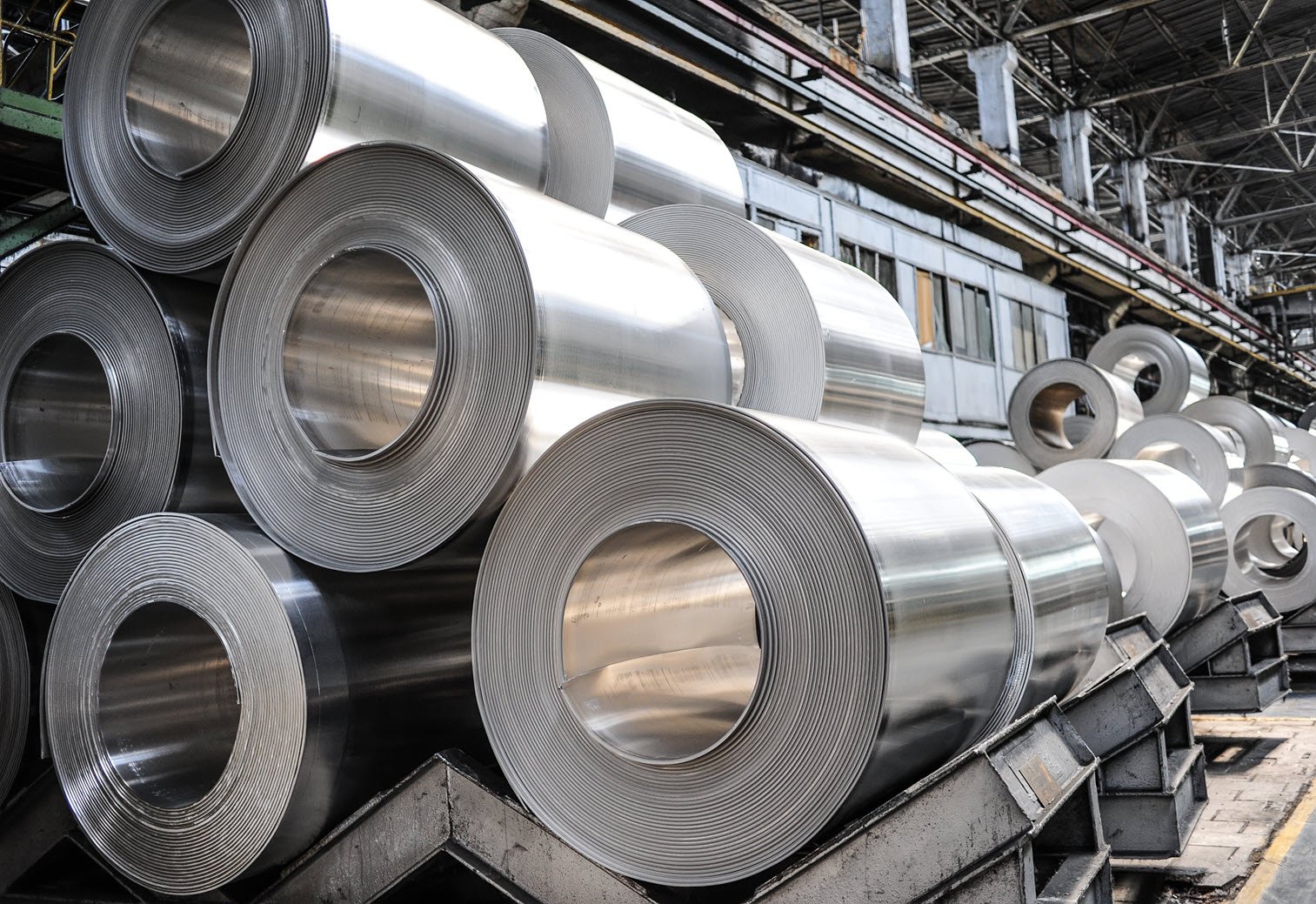On 9 March 2020, the US Aluminum Association’s Common Alloy Aluminum Sheet Trade Enforcement Working Group (AA working group) filed antidumping (AD) and countervailing duty (CVD) petitions against 18 countries.
This comes only 13 months after the US Department of Commerce published AD and CVD orders on imports of common alloy sheet from China.
According to the announcement, “the domestic industry’s antidumping petitions allege that common alloy aluminium sheet from Bahrain, Brazil, Croatia, Egypt, Germany, Greece, India, Indonesia, Italy, Oman, Romania, Serbia, Slovenia, South Africa, South Korea, Spain, Taiwan, and Turkey was dumped in the United States at margins ranging from 15.90 percent to 151.00 percent of the value of the imported common alloy aluminium sheet. Domestic producers also filed countervailing duty petitions alleging that producers in Bahrain, Brazil, India, and Turkey benefit from numerous government subsidy programs.” Just like the China case, excluded from the scope of the latest petition is aluminium can stock.
The initial deadline for preliminary CVD determinations was postponed from 3 June to 7 August 2020, while the preliminary AD determinations are set for 17 August.
An affirmative decision will leave a hole in the US market
US common alloy imports from the 18 countries in scope increased by 35% y/y in 2019 and accounted for 68% of total US common alloy imports, nearly double the 35% market share such countries held just two years ago. In the immediate aftermath of the China investigation being announced, imports from China surged ahead of the preliminary duties being issued. However, that is not expected in this case given the amount of inventory in the market and the weak demand levels caused by the Covid-19 pandemic. In fact, total US common alloy imports are down 51% through April and are expected to decline further as countries in the crosshairs of the latest dumping investigation continue to retreat. Year to date common alloy imports from in-scope countries are off 62%.
If the case goes through in full, this will remove 68% of total 2019 US common alloy imports from the market. However, 2019 was not a normal year in terms of import volumes, with a significant amount of such imports piling up in distributor warehouses. Looking at 2018, a year when US and Canada common alloy-producing mills were running at capacity, imports from the in-scope countries totalled roughly 500,000 t. Additionally, a surge in Chinese imports ahead of the pending AD and CVD occurred from Jan-Apr 2018, amounting to roughly 130,000 t. The combined total of 630,000 t is what the US market will be looking to replace following the current investigation. Recent investments by Arconic, Texarkana Aluminium, and JW Aluminum will help to close the gap, but further investments will be needed in the future.
European mills will find themselves in the eye of the storm
8 of the 18 countries in the crosshairs of the US dumping investigation are in Europe. The good news is that the mills operating in these countries do not have a significant exposure to the US market. Germany leads the way in terms of exported volume to the US at over 100,000 t in 2019. However, Greece has arguably the most to lose, with more than 70% of the country’s production being exported, 17% of which is destined for the US. The loss for the German mills will be felt most on 5xxx-series automotive body sheet exports to German automakers in the US.
The big problem with the 8 European countries in-scope is not really their exposure to the US market, but their lack of diversification. More than 80% of German exports stay in Europe. Also staying in Europe is 65% of Greece exports, and most exports from Croatia, Italy, Romania, Serbia, Spain, and Slovenia. And that is only the European mills. Adding to the pain is the fact that Europe is the second largest destination for Bahrain exports, and the main destination for exports from South Africa. Also, more than 75% of Turkey’s exports go to Europe and Italy so happens to be the largest trading partner for Egypt, accounting for 72% of the country’s exports. It is also conceivable to assume that Bahrain and Oman will be looking to place volume in Europe given the current lack of suitable alternatives. And we did not even mention China yet, which has diverted a tremendous amount of exports to Europe following the initial common alloy dumping investigation in the US targeting Chinese mills.
So, while European mills accounted for only 33% of total exports from the in-scope countries to the US in 2019, they also have the most to lose once trade flows adjust. The question becomes, will Europe ultimately act in a similar way to protect local producers? If not, just as US mills were negatively impacted by the flood of imports that ultimately led to the current dumping investigation, European mills should be prepared for a similar result.

















